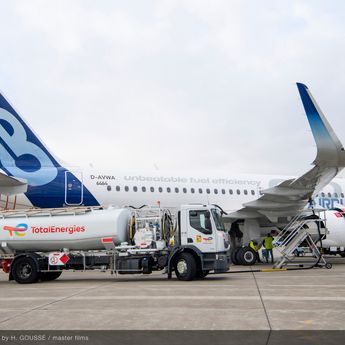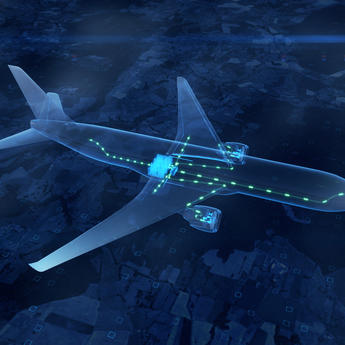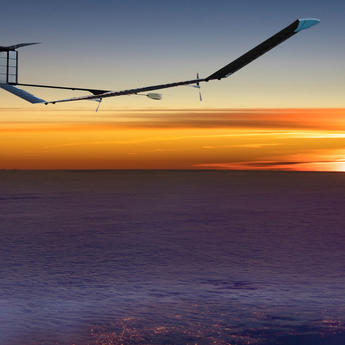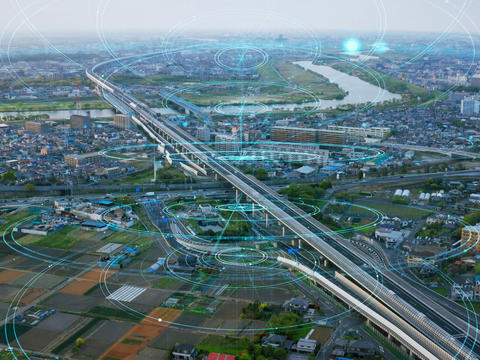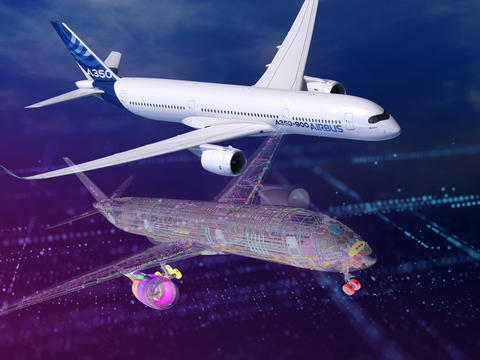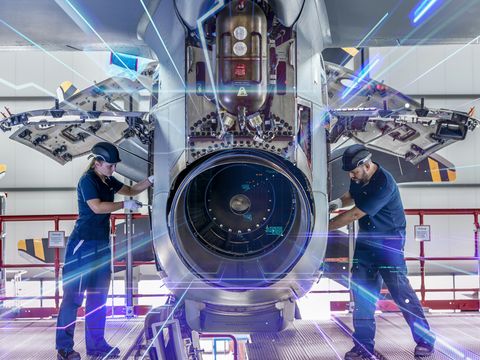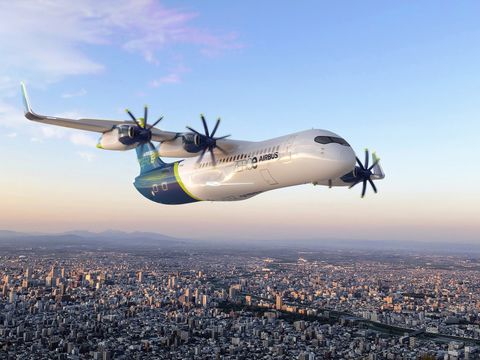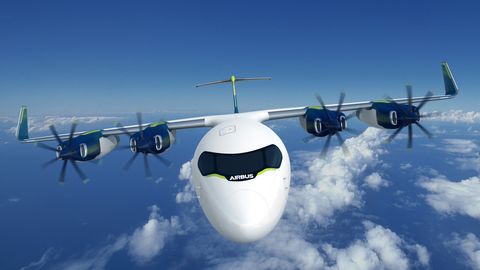Pursuing lower-emission aviation
ALTERNATIVE ENERGIES
Airbus has developed a structured and modular energy transformation roadmap applicable to all of its aerospace solutions. The roadmap includes a range of technologies such as sustainable aviation fuels (SAF), hydrogen – either directly burnt or transformed into electricity through fuel cells – and new hybrid-electric propulsion systems. We are exploring these technical solutions in parallel and continuously refining their potential to meet our decarbonisation ambition.
Energy transition at Airbus
The latest in energy transition
In the spotlight
-

How Book and Claim enables SAF use for HEMS operations
Web Story
Helicopters
Airbus Helicopters and SAF Hélicoptères are using the Book and Claim system to support the accessibility of SAF for EMS missions in Catalonia. -
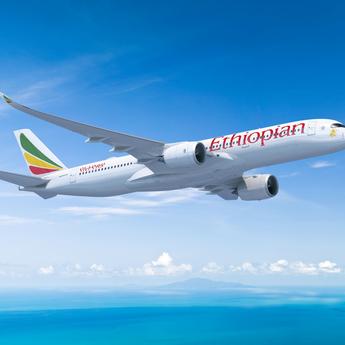
Ethiopian Airlines orders six additional Airbus A350-900s
Press Release
Commercial Aircraft
-

Showcasing multiple decarbonisation levers at Dubai Airshow
Web Story
Sustainability
-
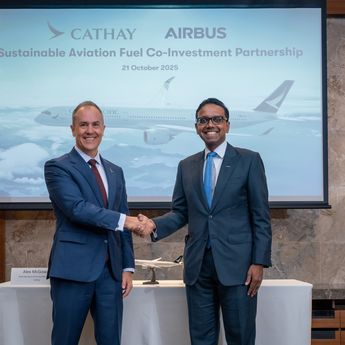
Airbus and Cathay form co-investment partnership for scaling sustainable aviation…
Press Release
Sustainability
-
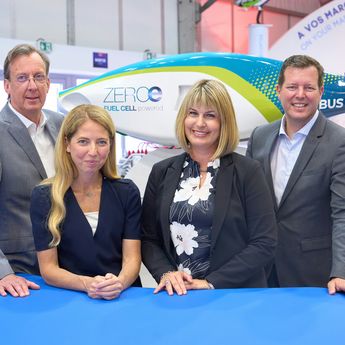
Airbus and MTU Aero Engines advance on hydrogen fuel cell technology for aviation
Press Release
Innovation

